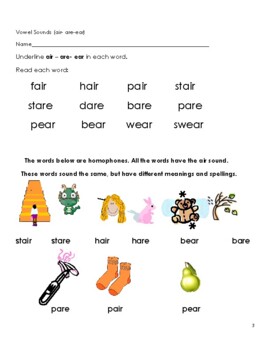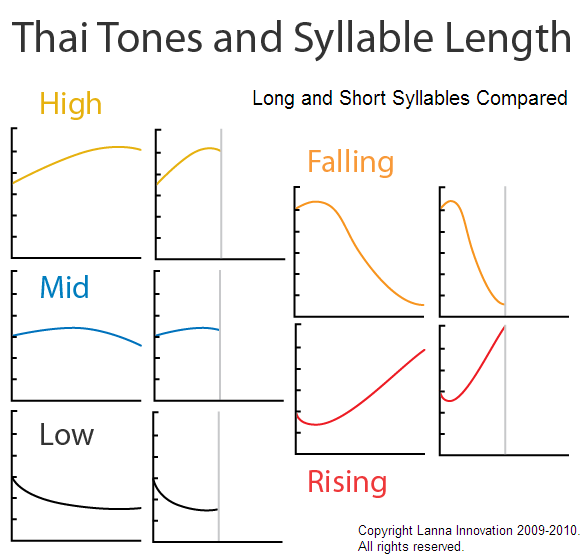

You simply must remember that you need to change the first word to a second tone. Note that in pinyin, the tone change is not written. If one word with a third tone is followed by another word with a third tone, the first one becomes a second tone. Third tone + third tone = second tone + third tone. In other words, certain tones become different tones when paired with others. You should be aware that Chinese tones can change when used in specific sequences. Third Tone = Level 2 to Level 1 to Level 4 (or, “mid-low pitch” to “low pitch” to “mid-high pitch”)įourth Tone = Level 5 to Level 1 (or, “high pitch” to “low pitch”)įifth Tone = no pitch Chinese Tone Changes Second Tone = Level 3 to Level 5 (or, “middle pitch” to “high pitch”) Let’s take a look at the pitch levels of each tone:įirst Tone = Level 5 to Level 5 (or, “high pitch” to “high pitch”) But if it doesn’t help (or makes you more confused), you’re welcome to ignore it. Knowing the five levels of contour is meant to help you determine which pitch to use when pronouncing each tone. 呢 (ne) - particle for asking questions back to the original asker What Is Chinese Pitch Contour? 子 (zi) - child/son (usually comes at the end of words, like 孩子 (hái zi) - child) 吧 (ba) - suggestion particle (turns a statement into a suggestion) ma5).įor example, 吗 ( ma ) - question particle turns statements into yes/no questions and is pronounced with a neutral (or no) tone. Pinyin doesn’t mark the fifth tone because there’s nothing you have to change or emphasize, although you’ll sometimes see it represented by the number 5 (i.e. Instead of making your voice go up or down, this tone is simply neutral-which means the word has no tone.

Whether the fifth tone is actually considered a tone is up for debate. In pinyin, the fourth tone is written as a falling slant or dash above the vowel, or the number 4 (i.e. To pronounce the fourth tone correctly, say the word with force, making your pitch fall. In pinyin, the third tone is written as a dip above the vowel or the number 3 (i.e. The pitch falls lower before rising higher again. The third tone is one of the hardest for Mandarin learners. In pinyin, it’s written as a rising dash above the vowel or the number 2 (i.e. The pitch starts out low and then becomes higher. The second tone is made with a rising voice. The numerical version isn’t near as common as the actual tone mark, so you likely won’t see it as often. In pinyin, the first tone is written as a long line above the vowel or as the number 1 (for example, instead of mā you might occasionally see ma1). The pitch is raised and the syllable is pronounced with a drawn-out tone that doesn’t drop or rise. The first tone is made when your voice becomes higher and flatter. The only difference is that, in Mandarin, they have names. The sounds of those intonations are very similar to the four major Chinese tones. If you’re looking for your mom, you might call out, “Mom?” in a rising, questioning tone.If your mom said something that offended you, you might yell out, “MOM!” with a shocked, falling tone of disapproval.A child who doesn’t want to do something might argue, “But, moooom!” in a drawn-out, whiny tone.If you’re excited to see your mom, you might exclaim in a high, excited voice, “Mom!”.

No matter which language you speak, you use tones in your daily life.įor example, in English, a person can say the word “mom” in many different tones: While each of these words looks as if they sound the same, they have different tones-which give them different meanings. When you change the tone-or accidentally use the wrong one-you change the meaning of the word. In Chinese, the tone of a word is what gives it meaning. Mandarin Chinese has its own sound system too, and tones are an essential part of it. Linguists call the study of these systems phonology. (Download) What Are Chinese Tones?Įvery language has its own unique sound system.
Thai tone ear practice pdf#
This blog post is available as a convenient and portable PDF that youĬlick here to get a copy.
Thai tone ear practice how to#
Let’s get familiar with the sounds of Mandarin Chinese tones and learn how to master them. After all, we use tones in English all the time to indicate questions and emotions. It might sound intimidating, but I promise it’s simpler than you’d expect. Chinese is a tonal language, which means that the tone or pitch you use when you say a word determines its meaning.


 0 kommentar(er)
0 kommentar(er)
